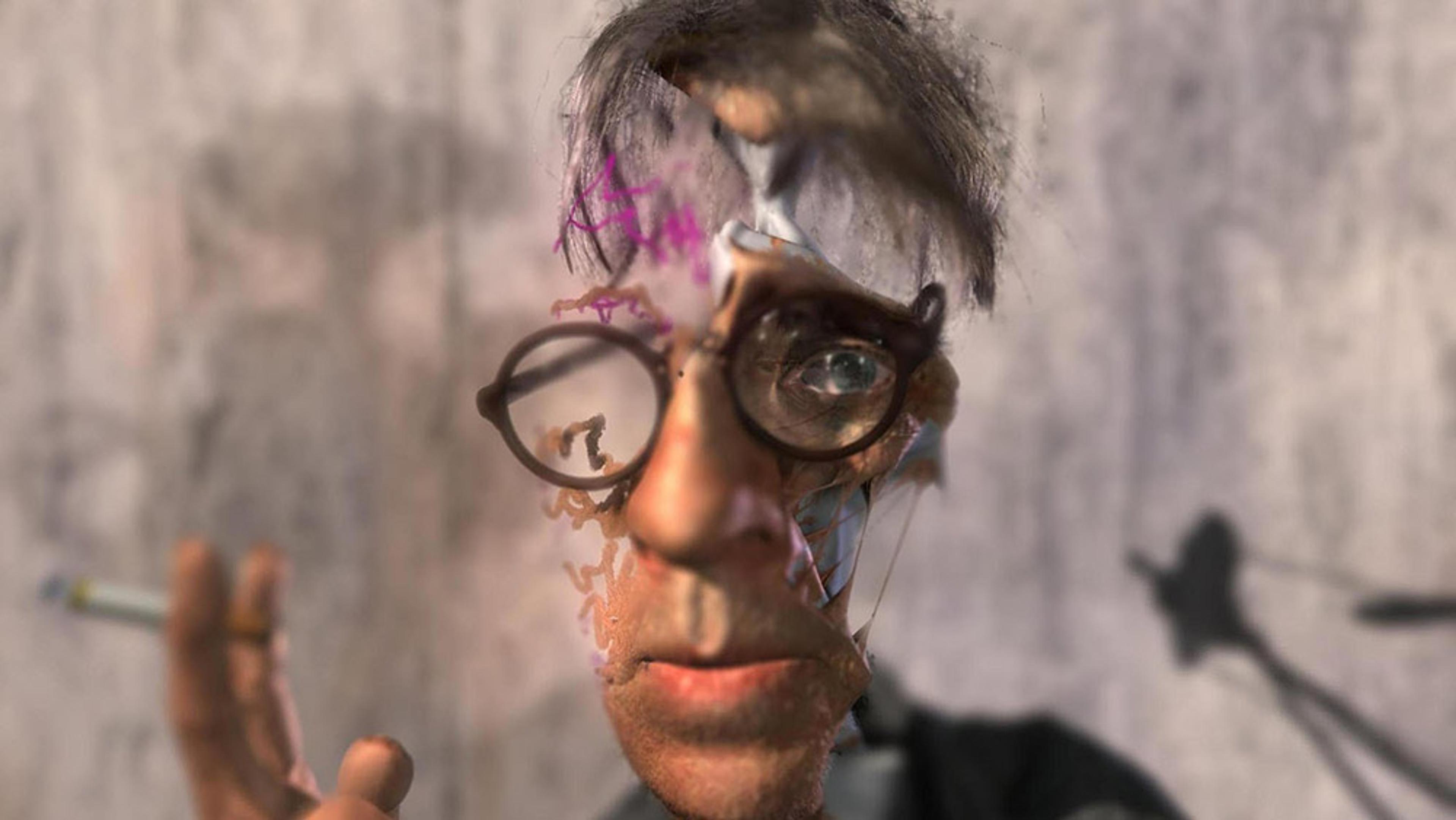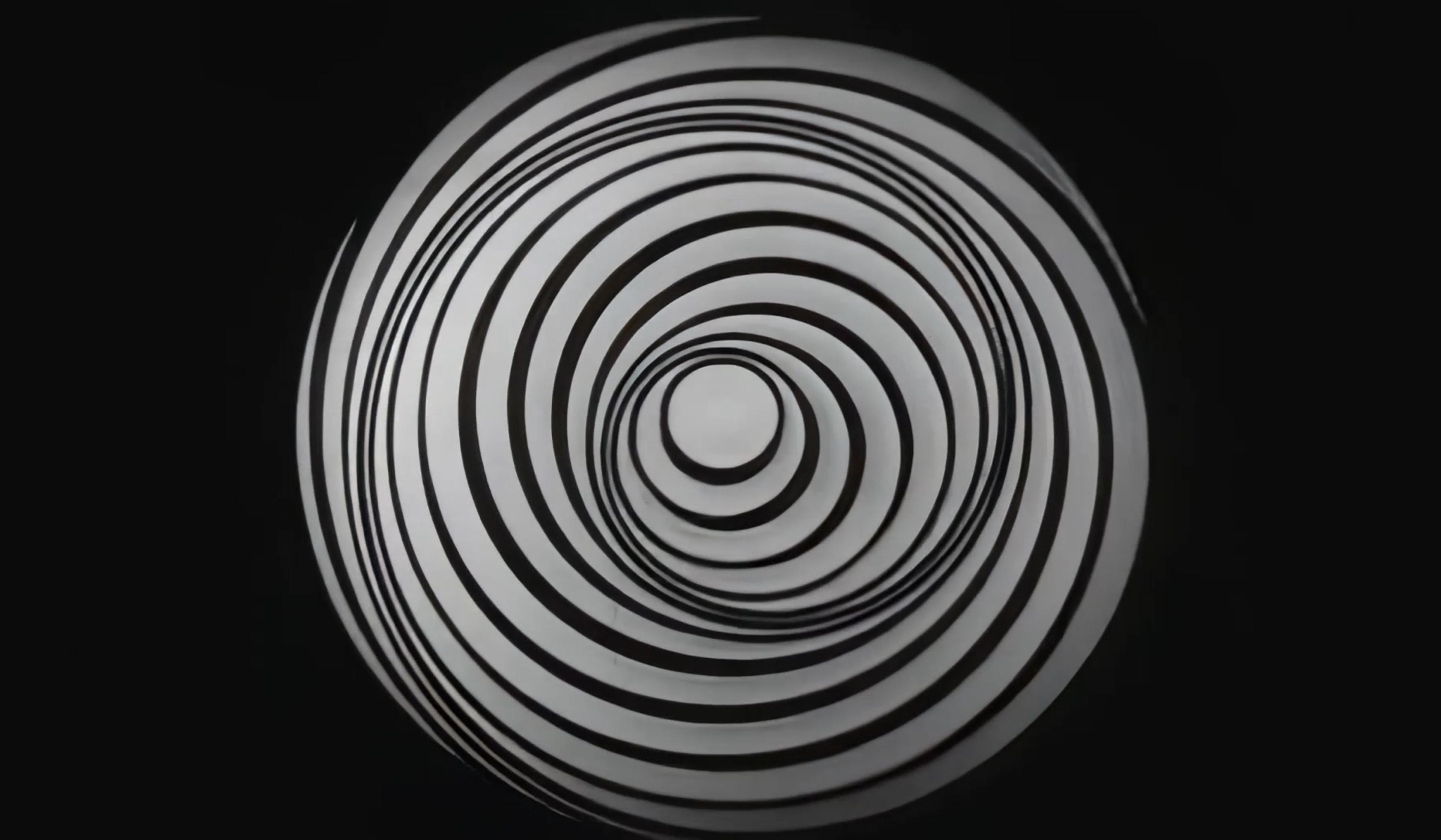The New Zealand-born artist Leonard Charles Huia Lye (1901-80), better known as Len Lye, is renowned for his work in kinetic sculpture and experimental film, and is widely considered one of the most innovative modernists of the 20th century. Lye’s first film, Tusalava (1929), produced over two years following a move to London, was born of the city’s emerging experimental film scene and Lye’s abiding interest in Maori, Aboriginal and Samoan art. Composed of some 7,000 hand-drawn images, the abstract animation synthesises modern and ancient art as it depicts simple life forms emerging, evolving and coming into conflict. As with the influence of African art on Pablo Picasso, Lye’s use of so-called ‘primitivism’ has been both praised for introducing non-Western perspectives to Western art, and criticised for cultural appropriation. The film was originally paired with a now-lost piano score from the UK-born composer Jack Ellitt. This version features the UK composer Eugene Goossens’s composition Rhythmic Dance (1928), which Lye later suggested as an alternative accompaniment.
Life emerges, evolves and fights for supremacy in this 1929 avant-garde classic
Director: Len Lye
Score: Eugene Goossens
Websites: The Len Lye Foundation, Ngā Taonga Sound & Vision

videoMusic
Can you express sounds with sights? An artist takes a crack at animating jazz piano
2 minutes

videoMental health
Artistic genius and fragility intersect in this surreal, Oscar®-winning animation
14 minutes

videoFilm and visual culture
Dadaism ridiculed the meaninglessness of modern life – with captivating results
7 minutes

videoCities
Walt Whitman’s poetry frames scenes from 1920s New York in this film classic
10 minutes

videoFilm and visual culture
When a decomposing, century-old film becomes a haunting meditation on memory
8 minutes

videoArt
Dizzying discs and obscene wordplay – revisiting Marcel Duchamp’s 1926 film debut
7 minutes

videoFilm and visual culture
A Palme d’Or-winning animation toys with the way our eyes perceive light
5 minutes

videoHistory of technology
Trawling for secrets in haunting films recovered from the bottom of the sea
11 minutes

videoFilm and visual culture
Space and time expand, contract and combust in this propulsive animation
5 minutes